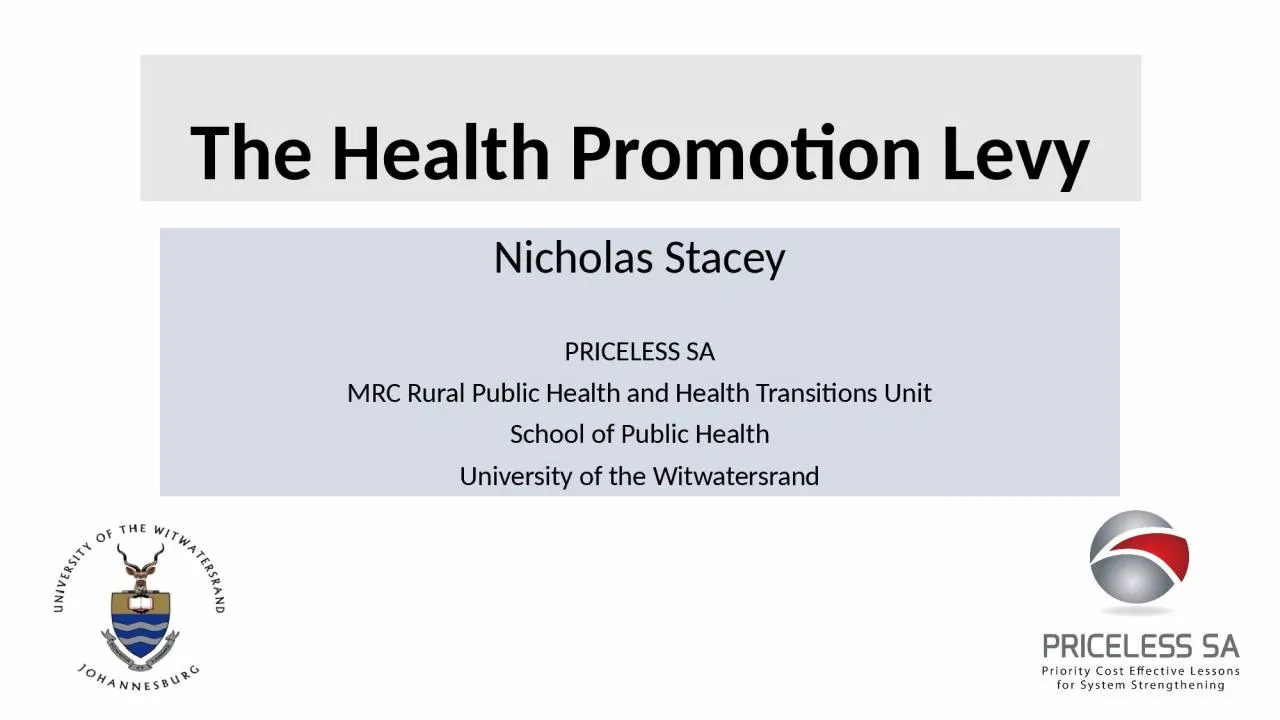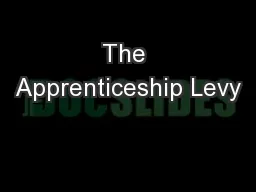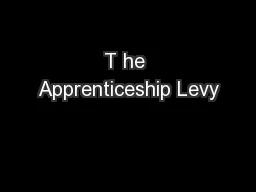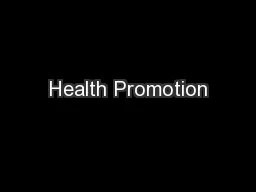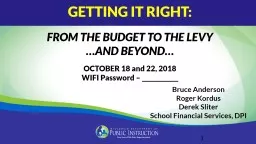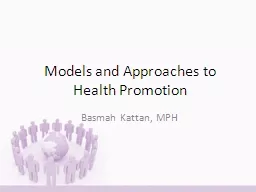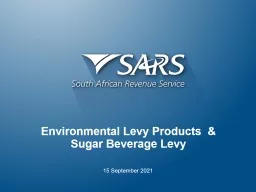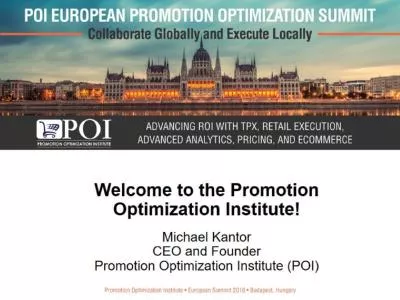PPT-The Health Promotion Levy
Author : freya | Published Date : 2024-02-09
Nicholas Stacey PRICELESS SA MRC Rural Public Health and Health Transitions Unit School of Public Health University of the Witwatersrand Overview Disease burden
Presentation Embed Code
Download Presentation
Download Presentation The PPT/PDF document "The Health Promotion Levy" is the property of its rightful owner. Permission is granted to download and print the materials on this website for personal, non-commercial use only, and to display it on your personal computer provided you do not modify the materials and that you retain all copyright notices contained in the materials. By downloading content from our website, you accept the terms of this agreement.
The Health Promotion Levy: Transcript
Download Rules Of Document
"The Health Promotion Levy"The content belongs to its owner. You may download and print it for personal use, without modification, and keep all copyright notices. By downloading, you agree to these terms.
Related Documents

